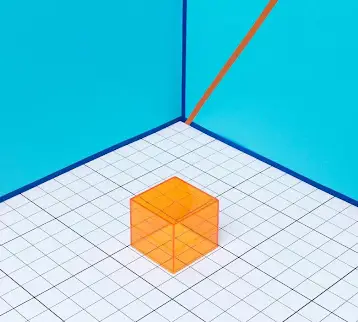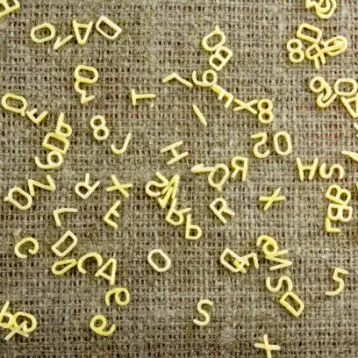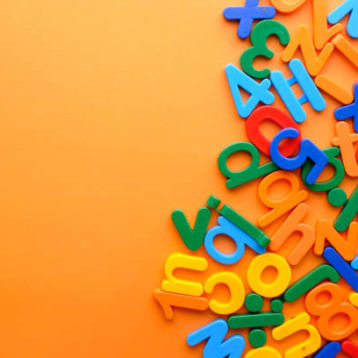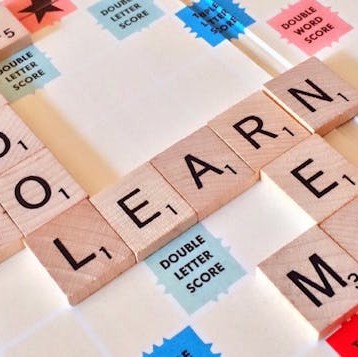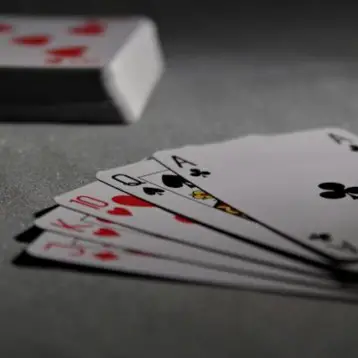|
Robert and Mary Capraro from the Department of Teaching, Learning, and Culture at Texas A&M have been trying to evaluate the success of math education through students’ interpretation of the equal sign. In their recent study, published in the journal Psychological Reports, they report that one of the major aspects that low-performance students lack proper understanding of the equal sign.
The motivation behind this recent research is U.S. students’ sub-performance in math, compared to their peers from other countries. “About 70 percent of middle grades students in the United States exhibit misconceptions, but nearly none of the international students in Korea and China have a misunderstanding about the equal sign,” the researchers say. “Turkish students exhibited far less incidence of the misconception than the U.S. students.”
Aside from having better results in math, students who exhibit the correct understanding of the equal sign also show the greatest achievement in other fields that require mathematical skills, such as engineering. “The equal sign is pervasive and fundamentally linked to mathematics from kindergarten through upper-level calculus,” said Robert Capraro.
The problem, according to the study, is students that memorize procedures without fully understanding the mathematical concepts they use. “The idea of symbols that convey relative meaning, such as the equal sign and ‘less than’ and ‘greater than’ signs, is complex and they serve as a precursor to ideas of variables, which also require the same level of abstract thinking,” says Capraro.
Robert Capraro brings several examples (as seen in this Youtube video) to demonstrate the ineptness of many students. “Students who have learned to memorize symbols and who have a limited understanding of the equal sign will tend to solve problems such as 4+3+2=( )+2 by adding the numbers on the left, and placing it in the parentheses, then add those terms and create another equal sign with the new answer,” he explains. “So the work would look like 4+3+2=(9)+2=11.
“This understanding is incorrect. The correct solution makes both sides equal. So the understanding should be 4+3+2=(7)+2. Now both sides of the equal sign equal 9,” he says patiently. When asked to explain the line of thought the erroneous students had, he suggests that this response is similar to how a calculator might work when the user enters the numbers and equal sign as they appear in the sentence; such methods are called a running equal sign.
The research shows that one possible cause of the problem is the textbooks used. According to the paper, many textbooks found in the U.S. have misleading exercises; even textbooks sponsored by the National Science Foundation were lacking relational examples about the equal sign. In comparison, Chinese textbooks provided the best examples for students.
The two researchers suggest that parents and teachers can help the students. Using mathematics manipulatives and encouraging teachers to read professional journals could help the education system as a whole become informed about the problem, and hopefully the instruction methods will be modified accordingly.
Another TFOT story relating to education is Microsoft’s innovative educational software, the WorldWide Telescope, which provides users a chance to virtually explore the universe, using a multitude of interactive “tours”.
For more information about the importance of the equal sign, see the official press release published by Texas A&M University.



